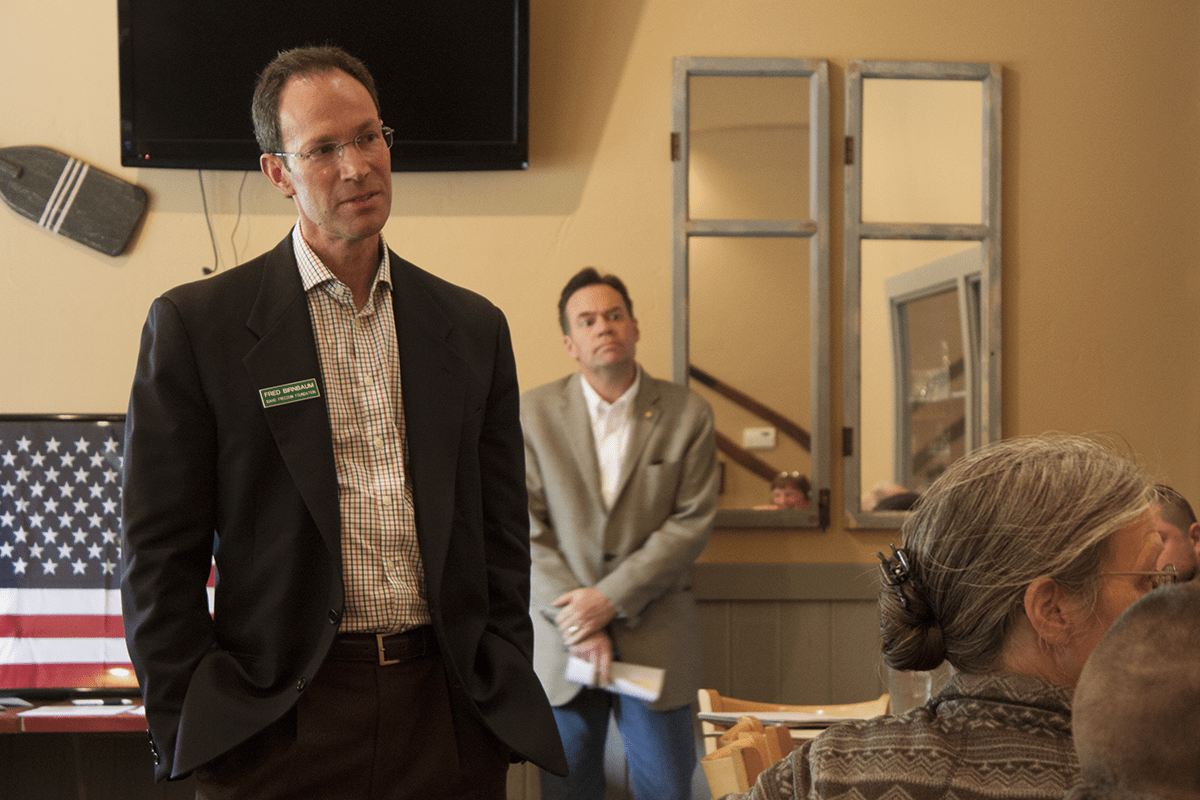


You can tell when an idea is gaining some traction, critics will attack it from all angles. The transfer of federal lands to Idaho, and other Western states, is one such idea.
And it’s an idea whose time has come.
If we go back to our history books, we see the federal government has already transferred more than 1.275 billion acres to the states and their residents since the country was formed. It is easy to forget states like Illinois and Missouri were once more than 90 percent federal land. This transfer process slowed down greatly in the late 1800s after the Western states were admitted into the union.
Even if we suspend the discussion about whether further legal claims to federal lands by the states have merit, it cannot be disputed that the U.S. Congress has the power to transfer federal lands under Article IV, Section 3 of the Constitution, and that Idaho could accept these lands if Congress agreed to give them up.
Opponents of the transfer of federal lands to Idaho make the following points: Idaho could not afford to maintain these lands and would have to sell all or some of them and therefore access and use would be restricted or eliminated. These same critics apparently have failed to notice access and use restrictions continue to grow on federal lands.
It is the endless repetition that access and use will be restricted that has generated opposition by some sportsmen and recreationists to transfer. However, there is every reason to believe transfer could be completed in a manner that had the federal government retain ownership of national parks and other sensitive areas, with states retaining perpetual ownership of the balance.
House Bill 265, which would have had Idaho join the Interstate Compact on Transfer of Public Lands, died in the Senate Resources and Environment Committee after passing the Idaho House. However, the sentiments of both the House and Senate committee members were overwhelmingly in favor of the view that Idaho could better manage these lands than the federal government. Support for the legislation foundered on the language of the legislation, not its intent. A better bill will likely come back next year, providing Idaho with the opportunity to join Utah and Arizona in the compact.
Support for the view Idaho could better manage these lands is partly grounded in research conducted by the Property and Environment Research Center of Montana, in its report, “Divided Lands.” Four Western states that manage similar state trust lands spend one-sixth of the cost per acre versus what the federal government spends in its management of public lands. The Forest Service and BLM lose $2 billion each year managing federal lands. This is important because it debunks the notion states can’t manage public lands effectively and would have to sell them. States already do manage public lands, and the view that states would follow the poor management practices of the federal government is simply not supported by decades of evidence.
The evolution of U.S. Sen. Mike Crapo’s view on public lands is to be applauded; it does not represent a flip-flop. Rather, it is the federal agencies that have done the political somersault. If anything, congressmen from Western states have been too slow to recognize that federal agencies have moved away from genuine multiple use and wise resource management to policies of restriction and environmental gamesmanship. These practices are choking urban residents with smoky fires from ill-managed timber lands and plunging rural communities into poverty.
The collaborative approach to federal land management is working as designed, by slowly squeezing rural residents out while providing political cover to unelected federal bureaucrats. Recognition of this situation has led many members of Congress, as well as legislators in Western states, to call for the transfer of federal lands back to the states. The issue of land transfer will not go away because the underlying problems of federal land management will not improve. Idaho’s congressional delegation and state lawmakers should press this issue.
At some point sportsmen and recreationists will have to decide whether to continue to side with the “bicoastal” environmental gentry or partner with Idahoans who understand that multiple-use can work; with peaceful co-existence among hunters, anglers, back-country enthusiasts and foresters.

